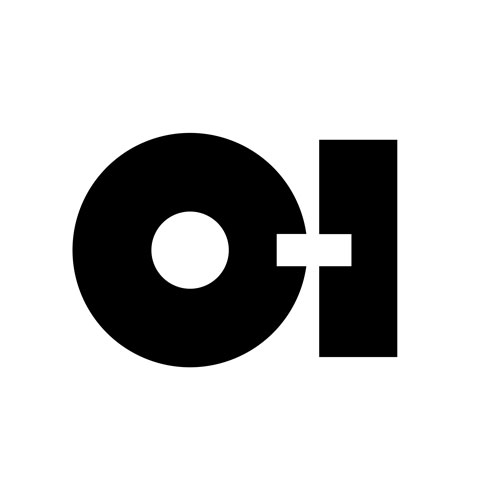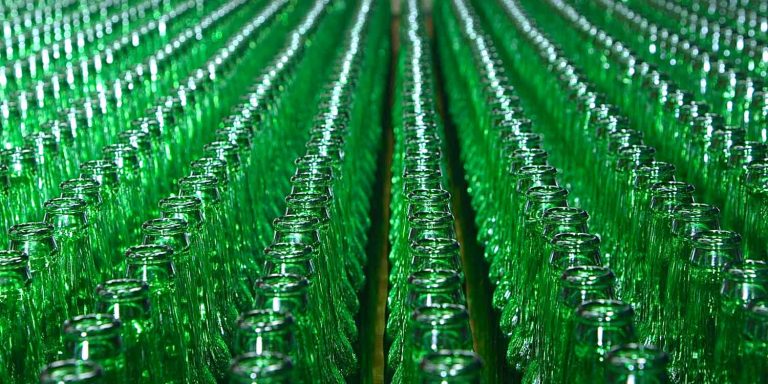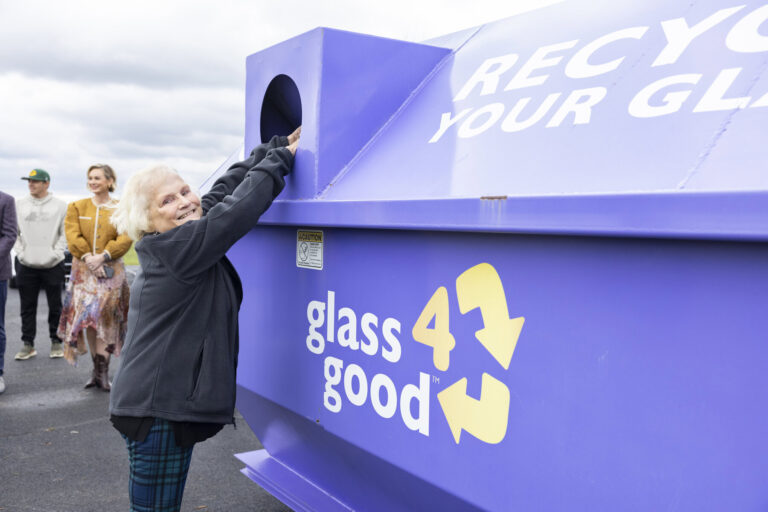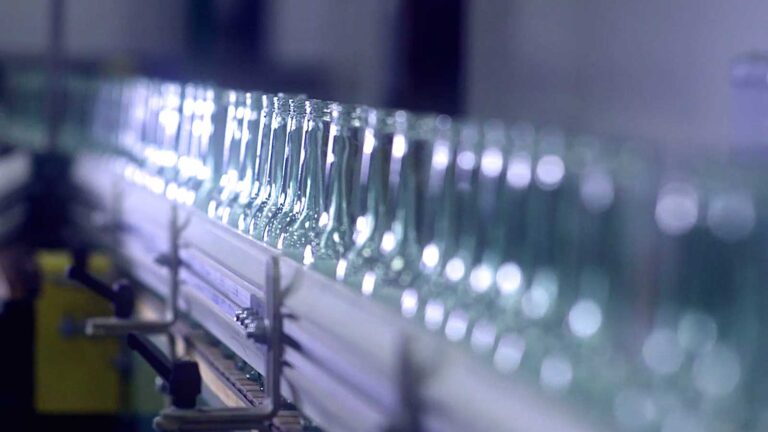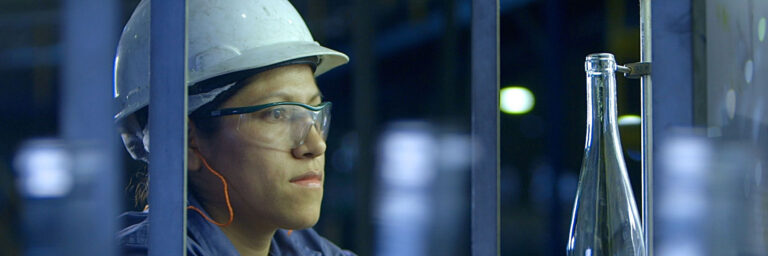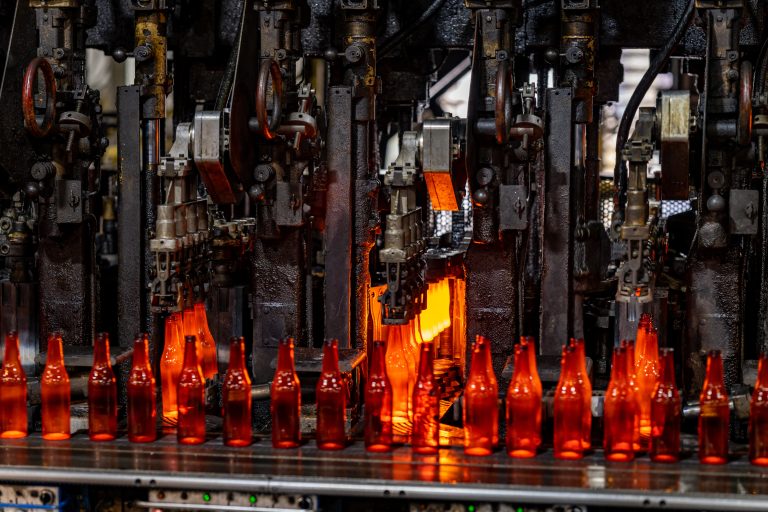Business performance exceeded company guidance
PERRYSBURG, Ohio, Feb. 09, 2021 (GLOBE NEWSWIRE) — FOR IMMEDIATE RELEASE
O-I Glass, Inc. (“O-I”) (NYSE: OI) today reported financial results for the full year and fourth quarter ended December 31, 2020.
“The global pandemic significantly impacted O-I’s results in 2020. Yet, business conditions improved later in the year as market conditions stabilized. We are pleased with our fourth quarter results as earnings and cash flows exceeded the company’s most recent outlook. Glass shipments were consistent with prior year levels and operating and cost performance continued to surpass expectations,” said Andres Lopez, CEO.
“The company continued to take bold structural actions to improve O-I’s business fundamentals during 2020, despite the challenges of the pandemic. The benefit from the company’s turnaround initiatives to expand margins significantly exceeded O-I’s original target as efforts were accelerated to help mitigate the impact of the global recession. As we seek to revolutionize glass, we continued to advance MAGMA, and the early 2021 installation in Germany represents a key milestone that will pave the way for broader deployment in 2022 and beyond. Likewise, we are optimizing the company’s business portfolio and capital structure through divestitures of assets that are not core to our strategy. Finally, the corporate modernization effort, which rebranded the company as O-I Glass, supported January 2020’s actions to establish a final, certain and equitable resolution of our legacy asbestos-related claims liabilities.”
“We are optimistic as we enter 2021. While demand may be choppy during the pandemic, business trends should continue to improve as markets stabilize and gradually reopen. Additionally, our strategic actions are set to create future shareholder value, and we expect improved earnings and cash flows in 2021,” concluded Lopez.
Full Year 2020 Results
- Reported Results: For the full year 2020, the company recorded earnings from continuing operations of $1.57 per share (diluted), compared with a loss of $2.56 per share in 2019. Current year earnings from continuing operations before income taxes were $353 million, compared to a loss of $261 million in the prior year. Both periods included items management considers not representative of ongoing operations. Cash provided by continuing operating activities was $457 million in 2020, compared with $408 million in 2019.
- Adjusted Earnings1: Excluding certain items management considers not representative of ongoing operations, 2020 adjusted earnings1 were $1.22 per share, compared with the prior year of $2.24 per share. Lower earnings primarily reflected lower sales and production levels due to the global pandemic.
- Segment Operating Profit1: Full year 2020 segment operating profit was $678 million compared to $856 million in 2019. Higher selling prices more than compensated for cost inflation, but were more than offset by the impact of 4 percent lower sales volume and approximately 7.5 percent lower production volume due to the pandemic. Turnaround initiatives, strong operating performance and cost control measures partially offset the impact of lower production levels.
- Cash Flows: Cash provided by continuing operating activities was $457 million in 2020, compared with $408 million in 2019. 2020 free cash flow1 was $146 million which exceeded the company’s guidance of more than $100 million free cash flow in 2020.
- Capital Structure: Total debt was $5.1 billion at December 31, 2020 compared to $5.6 billion at prior year end. Net debt1 was $4.6 billion at December 31, 2020 which was down $429 million from the prior year. Lower debt primarily reflected favorable cash flow and use of proceeds from divestitures partially offset by unfavorable foreign currency translation. As a result of favorable cash flows and refinancing activities, committed liquidity exceeded $2.2 billion at year end 2020.
Fourth Quarter 2020 Results
- Reported Earnings: For the fourth quarter 2020, the loss from continuing operations was $0.18 per share compared to earnings of $0.20 per share (diluted) in the fourth quarter of 2019. Current year earnings from continuing operations before income taxes were $14 million, compared to $65 million in the prior year. Both periods included items management considers not representative of ongoing operations.
- Adjusted Earnings: Excluding certain items management considers not representative of ongoing operations, adjusted earnings1 were $0.40 per share in the fourth quarter of 2020, compared with $0.50 per share in the fourth quarter of 2019. While operating performance was consistent with the prior year, lower adjusted earnings primarily reflected recent divestitures. Adjusted earnings exceeded the company’s guidance of $0.30 to $0.35 per share.
- Segment Operating Profit: Segment operating profit1 was $200 million compared to $203 million in the prior year. Higher selling prices more than offset cost inflation. Adjusted for the sale of the Australia and New Zealand (“ANZ”) business unit earlier in the year, glass container shipments were flat with the prior year quarter reflecting market stability amid the ongoing pandemic. Strong operating performance, benefits from the company’s turnaround initiatives to expand margins and cost control measures substantially offset the earnings dilution from recent divestitures.
Net sales were $1.5 billion in the fourth quarter of 2020 compared to $1.6 billion in the prior year quarter. The ANZ divestiture reduced net sales by $153 million. After adjusting for the sale of ANZ, average selling prices improved 2 percent and increased revenue $33 million while shipments in tons were flat with the prior year. Unfavorable foreign currency translation decreased net sales by $11 million.
Segment operating profit was $200 million in the fourth quarter of 2020 compared to $203 million in the prior year. Operating profits in both the Americas and Europe improved on a year-over-year basis.
- Americas: Segment operating profit in the Americas was $127 million compared to $115 million in the fourth quarter of 2019. Shipments in tons increased 2.4 percent. Cost inflation was elevated due to foreign currency pressure and was partially mitigated by the benefit of favorable selling prices. Savings from the company’s turnaround initiatives to expand margins and cost reduction efforts contributed to higher year-over-year segment operating profit despite higher plant incentive expense. Results included $8 million of unfavorable foreign currency translation.
- Europe: Segment operating profit in Europe was $73 million compared to $69 million in the fourth quarter 2019. Results benefited from favorable mix as well as higher selling prices, which more than offset incremental cost inflation. Shipments in tons decreased 2.3 percent. Higher operating costs reflected elevated logistics costs, inventory adjustments and plant incentive expense. Results benefited $4 million from favorable foreign currency translation.
- Asia Pacific: Segment operating profit in Asia Pacific was $0 compared to $19 million in the fourth quarter 2019. Results of the Asia Pacific segment have been recast to reflect only the earnings of the ANZ businesses following the sale of the business unit in July 2020. The sales and operating results of the other businesses that historically comprised the Asia Pacific segment and were retained by the company, have been reclassified to Other sales and Retained corporate costs and other, respectively.
Retained corporate and other costs were $47 million compared to $29 million in the prior year quarter. Higher costs reflected the sale of the company’s interest in a soda ash joint venture during 2019, higher management incentive expense and additional research and development costs for MAGMA partially offset by efforts to reduce costs.
Interest expense, net, was $53 million, down from $96 million in the prior year due to debt reduction, refinancing activities and $39 million of certain items in the prior year period that management does not consider representative of ongoing operations.
In both 2020 and 2019, the company recorded several significant items impacting reported results as presented in the table entitled Reconciliation to Adjusted Earnings. Management considers these items not representative of ongoing operations, and they are excluded from adjusted earnings. In 2020, the most significant items excluded from adjusted earnings were the $275 million gain on the sale of the ANZ businesses, $142 million for restructuring, asset impairment and other costs, and $44 million of debt refinancing expense. Also excluded were $48 million of charges for a number of other items including non-cash pension settlement charges, charges related to the deconsolidation of Paddock and strategic transaction costs. In 2019, charges excluded from adjusted earnings were a $595 million non-cash charge for goodwill impairment of the North America reporting unit, $113 million for restructuring, asset impairment and other costs and $65 million of debt refinancing expense. Also excluded were $93 million of charges for a number of other items including corporate modernization expense, non-cash pension settlement charges and adjustments for asbestos-related liabilities. Asset sales resulted in $107 million of gains that were also excluded from 2019 adjusted earnings.
2021 Outlook
Given significant market uncertainty due to the global pandemic, the company’s business outlook is subject to adjustment, especially if there is a material change in demand trends compared to expectations. Currently, O-I expects full year 2021 adjusted earnings will approximate $1.55 to $1.75 per share. This outlook assumes higher selling prices that mostly compensate for cost inflation as well as sales shipment growth in tons of 2 to 4 percent compared to 2020, representing a partial or full volume recovery to 2019 levels. Likewise, the company expects continued benefits from its initiatives to expand margins. These incremental savings should more than offset the headwind from temporary cost reduction efforts in 2020 to mitigate the impact of the pandemic that will not repeat in 2021. For the first quarter of 2021, the company anticipates adjusted earnings in a range of $0.32 to $0.37 per share.
Cash provided by continuing operating activities is expected to approximate $615 million or higher in 2021. The outlook assumes capital expenditures of approximately $375 million and the suspension of all asbestos-related claims payments, pending final resolution of the Paddock Chapter 11. The company anticipates 2021 free cash flow will approximate $240 million which is consistent with O-I’s objective to generate an EBITDA1 to free cash flow conversion of approximately 20 to 25 percent.
This outlook assumes foreign currency rates as of January 31, 2021, reflects the earnings dilution on the ANZ divestiture and an effective annual tax rate of approximately 28 to 32 percent. The earnings and cash flow guidance ranges may not fully reflect uncertainty in macroeconomic conditions, further pandemic affects and currency rates, among other factors.
Share Repurchase Authorization
Today, O-I announced that its Board of Directors had authorized a $150 million anti-dilutive share repurchase program for the company’s common stock that the company intends to use to offset future incentive awards. This authorization supersedes and replaces any prior repurchase authorizations.
Under the repurchase program, repurchases can be made from time to time using a variety of methods, which may include open market purchases, privately negotiated transactions, accelerated share repurchase programs, or otherwise, all in accordance with the requirements of the Securities and Exchange Commission and other applicable legal requirements. The specific timing, price and size of purchases will depend on prevailing stock prices, general economic and market conditions, and other considerations. The repurchase program does not obligate the company to acquire any particular amount of its common stock, and the repurchase program may be suspended or discontinued at any time at the company’s discretion.
The company expects to repurchase approximately $35 million of the company’s common stock in 2021.
Conference Call Scheduled for February 10, 2021
O-I CEO Andres Lopez and CFO John Haudrich will conduct a conference call to discuss the company’s latest results on Wednesday, February 10, 2021, at 8:00 a.m. EST. A live webcast of the conference call, including presentation materials, will be available on the O-I website, www.o-i.com/investors, in the Webcasts and Presentations section.
The conference call also may be accessed by dialing 888-733-1701 (U.S. and Canada) or 706-634-4943 (international) by 7:50 a.m. EST, on February 10, 2021. Ask for the O-I conference call. A replay of the call will be available on the O-I website, www.o-i.com/investors, for a year following the call.
Contact: Sasha Sekpeh, 567-336-5128 – O-I Investor Relations
O-I news releases are available on the O-I website at www.o-i.com.
O-I’s first quarter 2021 earnings conference call is currently scheduled for Thursday, April 29, 2021, at 8:00 a.m. EST.
About O-I Glass
At O-I Glass, Inc. (NYSE: OI), we love glass and we’re proud to be one of the leading producers of glass bottles and jars around the globe. Glass is not only beautiful, it’s also pure and completely recyclable, making it the most sustainable rigid packaging material. Headquartered in Perrysburg, Ohio (USA), O-I is the preferred partner for many of the world’s leading food and beverage brands. We innovate in line with customers’ needs to create iconic packaging that builds brands around the world. Led by our diverse team of more than 25,000 people across 72 plants in 20 countries, O-I achieved revenues of $6.1 billion in 2020. Learn more about us: o-i.com / Facebook / Twitter / Instagram / LinkedIn
Non-GAAP Financial Measures
The company uses certain non-GAAP financial measures, which are measures of its historical or future financial performance that are not calculated and presented in accordance with GAAP, within the meaning of applicable SEC rules. Management believes that its presentation and use of certain non-GAAP financial measures, including adjusted earnings, adjusted earnings per share, free cash flow, segment operating profit, net debt, EBITDA and EBITDA to free cash flow conversion provide relevant and useful supplemental financial information that is widely used by analysts and investors, as well as by management in assessing both consolidated and business unit performance. These non-GAAP measures are reconciled to the most directly comparable GAAP measures and should be considered supplemental in nature and should not be considered in isolation or be construed as being more important than comparable GAAP measures.
Adjusted earnings relates to net earnings from continuing operations attributable to the company, exclusive of items management considers not representative of ongoing operations because such items are not reflective of the company’s principal business activity, which is glass container production. Adjusted earnings are divided by weighted average shares outstanding (diluted) to derive adjusted earnings per share. Segment operating profit relates to earnings from continuing operations before interest expense, net, and before income taxes and is also exclusive of items management considers not representative of ongoing operations as well as certain retained corporate costs. Management uses adjusted earnings, adjusted earnings per share, and segment operating profit to evaluate its period-over-period operating performance because it believes these provide useful supplemental measures of the results of operations of its principal business activity by excluding items that are not reflective of such operations. Adjusted earnings, adjusted earnings per share and segment operating profit may be useful to investors in evaluating the underlying operating performance of the company’s business as these measures eliminate items that are not reflective of its principal business activity.
Net debt is defined as total debt less cash. Management uses net debt to analyze the liquidity of the company.
Further, free cash flow relates to cash provided by continuing operating activities less cash payments for property, plant and equipment. Management has historically used free cash flow to evaluate its period-over-period cash generation performance because it believes this has provided a useful supplemental measure related to its principal business activity. EBITDA is defined as earnings before interest, taxes, depreciation, and amortization. Free cash flow and free cash flow to EBITDA conversion may be useful to investors to assist in understanding the comparability of cash flows generated by the company’s principal business activity. It should not be inferred that the entire free cash flow amount is available for discretionary expenditures, since the company has mandatory debt service requirements and other non-discretionary expenditures that are not deducted from the measure. Management uses non-GAAP information principally for internal reporting, forecasting, budgeting and calculating compensation payments.
The company routinely posts important information on its website – www.o-i.com/investors.
Forward-Looking Statements
This press release contains “forward-looking” statements related to O-I Glass, Inc. (“O-I Glass” or the “company”) within the meaning of Section 21E of the Securities Exchange Act of 1934, as amended (the “Exchange Act”) and Section 27A of the Securities Act of 1933. Forward-looking statements reflect the company’s current expectations and projections about future events at the time, and thus involve uncertainty and risk. The words “believe,” “expect,” “anticipate,” “will,” “could,” “would,” “should,” “may,” “plan,” “estimate,” “intend,” “predict,” “potential,” “continue,” and the negatives of these words and other similar expressions generally identify forward-looking statements.
It is possible that the company’s future financial performance may differ from expectations due to a variety of factors including, but not limited to the following: (1) the company’s ability to obtain the benefits it anticipates from the Corporate Modernization, (2) risks inherent in, and potentially adverse developments related to, the Chapter 11 bankruptcy proceeding involving the company’s wholly owned subsidiary Paddock Enterprise, LLC (“Paddock”), that could adversely affect the company and the company’s liquidity or results of operations, including the impact of deconsolidating Paddock from the company’s financials, risks from asbestos-related claimant representatives asserting claims against the company and potential for litigation and payment demands against the company by such representatives and other third parties, (3) the amount that will be necessary to fully and finally resolve all of Paddock’s asbestos-related claims and the company’s obligations to make payments to resolve such claims under the terms of its support agreement with Paddock, (4) the company’s ability to manage its cost structure, including its success in implementing restructuring or other plans aimed at improving the company’s operating efficiency and working capital management, achieving cost savings, and remaining well-positioned to address the company’s legacy liabilities, (5) the company’s ability to acquire or divest businesses, acquire and expand plants, integrate operations of acquired businesses and achieve expected benefits from acquisitions, divestitures or expansions, (6) the company’s ability to achieve its strategic plan, (7) foreign currency fluctuations relative to the U.S. dollar, (8) changes in capital availability or cost, including interest rate fluctuations and the ability of the company to refinance debt on favorable terms, (9) the general political, economic and competitive conditions in markets and countries where the company has operations, including uncertainties related to Brexit, economic and social conditions, disruptions in the supply chain, competitive pricing pressures, inflation or deflation, changes in tax rates and laws, natural disasters, and weather, (10) the impact of COVID-19 and the various governmental, industry and consumer actions related thereto, (11) the company’s ability to generate sufficient future cash flows to ensure the company’s goodwill is not impaired, (12) consumer preferences for alternative forms of packaging, (13) cost and availability of raw materials, labor, energy and transportation, (14) consolidation among competitors and customers, (15) unanticipated expenditures with respect to data privacy, environmental, safety and health laws, (16) unanticipated operational disruptions, including higher capital spending, (17) the company’s ability to further develop its sales, marketing and product development capabilities, (18) the failure of the company’s joint venture partners to meet their obligations or commit additional capital to the joint venture, (19) the ability of the company and the third parties on which it relies for information technology system support to prevent and detect security breaches related to cybersecurity and data privacy, (20) changes in U.S. trade policies, and the other risk factors discussed in the company’s Annual Report on Form 10-K for the year ended December 31, 2019, Quarterly Report on form 10-Q for the quarterly period ended September 30, 2020 and any subsequently filed Annual Report on Form 10-K, Quarterly Reports on Form 10-Q or the company’s other filings with the Securities and Exchange Commission.
It is not possible to foresee or identify all such factors. Any forward-looking statements in this document are based on certain assumptions and analyses made by the company in light of its experience and perception of historical trends, current conditions, expected future developments, and other factors it believes are appropriate in the circumstances. Forward-looking statements are not a guarantee of future performance and actual results or developments may differ materially from expectations. While the company continually reviews trends and uncertainties affecting the company’s results or operations and financial condition, the company does not assume any obligation to update or supplement any particular forward-looking statements contained in this document.
1 Adjusted earnings per share, free cash flow, segment operating profit, and net debt are each non-GAAP financial measures. See tables included in this release for reconciliations to the most directly comparable GAAP measures.
Attachments
For more information, contact:
Chris Manuel
Vice President of Investor Relations
567-336-2600
[email protected]
